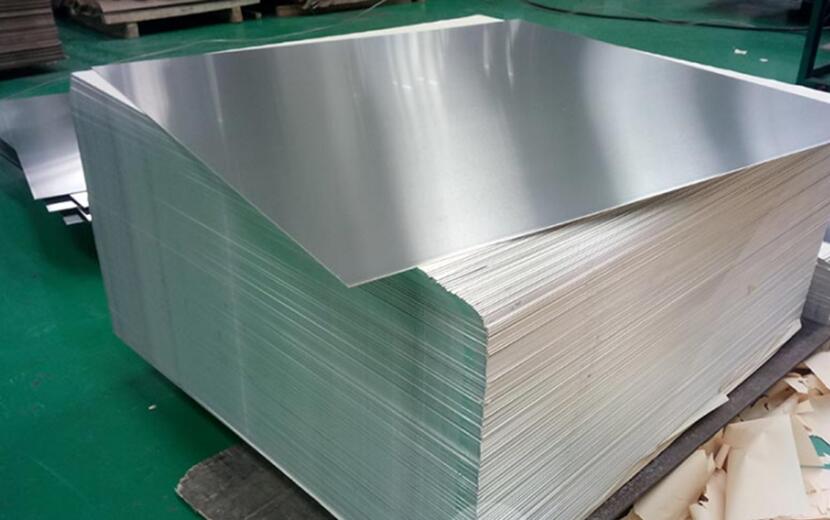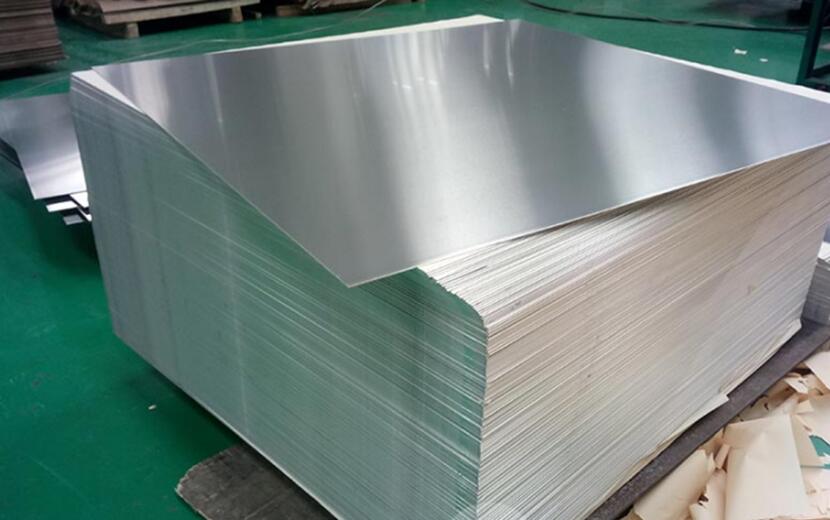During the composite rolling of 4043 aluminum sheet, the change of various process parameters causes a more complicated interface reaction, which changes the microscopic morphology and composition of the composite interface, and has different degrees of influence on the bonding strength...
During the composite rolling of 4043 aluminum sheet, the change of various process parameters causes a more complicated interface reaction, which changes the microscopic morphology and composition of the composite interface, and has different degrees of influence on the bonding strength. Before the core material is combined with the cladding material, in the general atmosphere, the surface after mechanical or chemical cleaning will soon be covered by oxide film and adsorption film. Only by removing these covering layers from the contact surface can actual physical contact be formed.

At the initial stage of 4043 aluminum sheet hot-rolling and compounding, the covering layer and oxide film on the surface of the base material and the cladding material cracked under the action of high rolling pressure. When the rolling processing rate reaches 19. At 5%, the surface crack reaches a certain width, and the fresh metal on both sides of the interface is extruded through the crack under the action of the rolling pressure and contacts each other to form a bonding interface. At this time, due to the short rolling time, the core material and the cladding material have just begun to combine. Although the hot rolling temperature is high (490℃), it is within the diffusion temperature range of the metal bonding proposed by Kazakov, but the core material is mainly Neither the alloying element Mn nor the main alloying element Si of the cladding material diffuses to each other.
According to the Kirkendall effect theory, the diffusion depth is proportional to the square root of the diffusion time. Therefore, the diffusion phenomenon in the early stage of hot rolling is extremely 412012, Vol. 40, №7 is weak, and the bonding strength of the alloy is extremely low. Such a low binding force is not enough to produce strong connections between surface atoms.
To achieve the metallurgical bonding of the metal interface, the atoms or ions at the contact of the metal interface must have the lowest energy level. When the atoms or ions reach this energy level, the directionality of the atomic bond will be weakened, and the atoms on the two surfaces A metal chain is formed between them, and the two metal surfaces that are in contact with each other begin to form a weld.

















